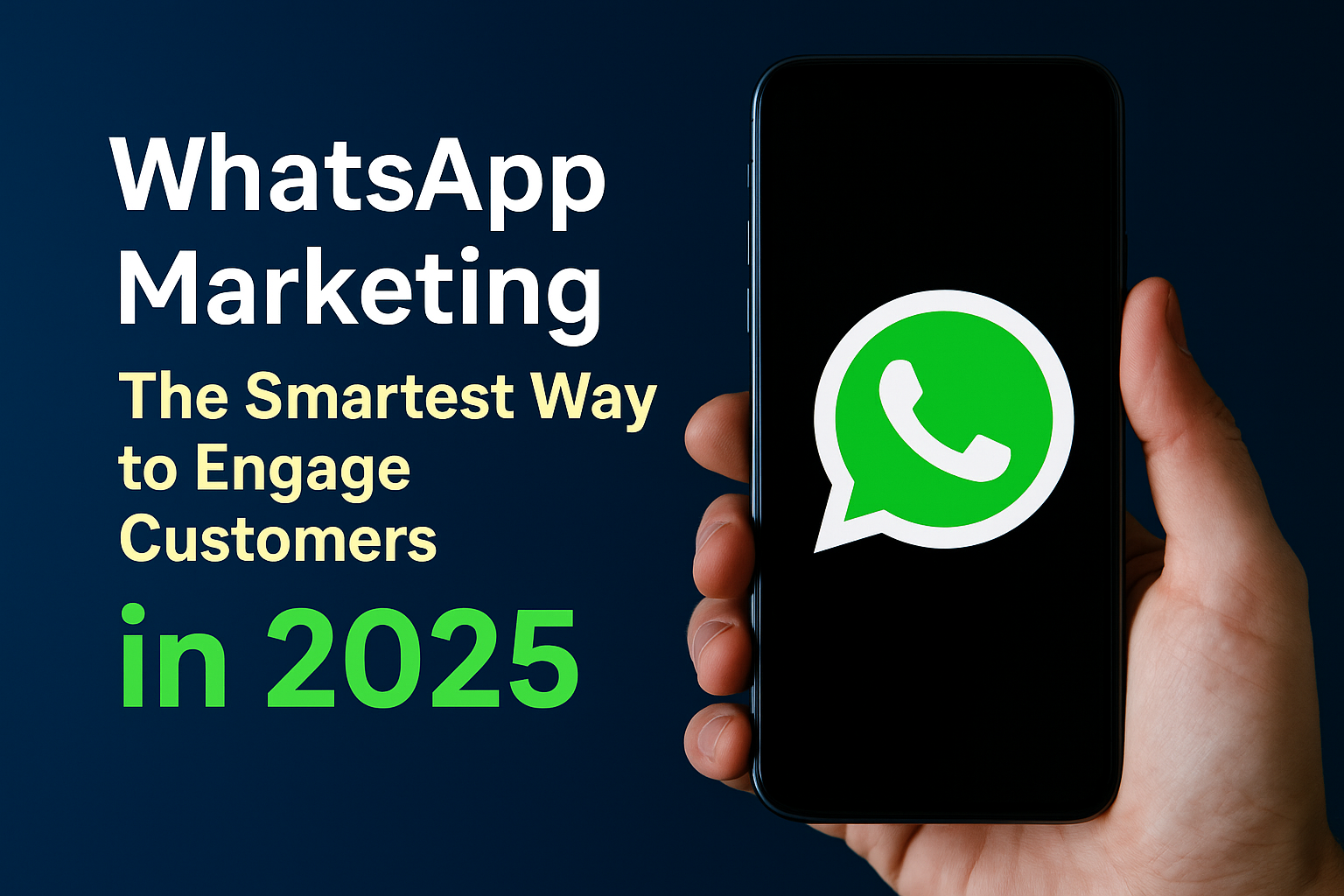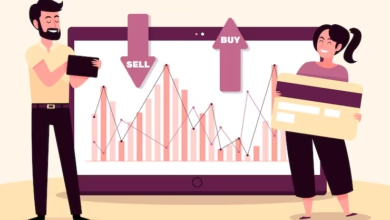What Role Does Social Media Marketing Play for Insulation Companies?


Social media marketing has transformed how insulation companies connect with homeowners, builders, and contractors. For spray foam contractors, leveraging platforms like Facebook, Instagram, LinkedIn, and YouTube can enhance brand visibility, generate leads, and educate audiences about energy efficiency solutions. This article explores the practical role of social media in the insulation industry, providing actionable insights for strategic growth.
Why Social Media Matters for Insulation Companies
Social media offers insulation businesses direct access to customers, industry professionals, and decision-makers. Unlike traditional marketing, platforms provide measurable engagement and allow real-time feedback on campaigns. For spray foam contractors, this presence can establish credibility and showcase expertise.
Increasing Visibility and Brand Awareness: Spray foam contractors can use social media to display completed projects, highlight technical expertise, and post educational content about insulation benefits. Visual platforms like Instagram and TikTok can showcase transformation before and after installations, helping potential clients recognize the value of high-quality insulation services.
Educating Homeowners and Builders: Educational posts about energy efficiency, cost savings, and proper insulation techniques build trust. Sharing case studies or tips through short-form videos or infographics helps audiences understand the advantages of spray foam compared to traditional insulation.
Enhancing Local SEO Signals: Social platforms indirectly support local search rankings. Consistent posts with geotags, service area mentions, and engagement with local community pages signal relevance to search engines, improving visibility in local search results for phrases like “spray foam insulation near me.”
Social Media Platforms Best Suited for Insulation Companies
Different platforms serve distinct purposes depending on the audience and type of content. Understanding each channel’s strengths is crucial for maximizing ROI.
Facebook – Community Engagement: Facebook allows targeted advertising by location, interest, and demographics. Contractors can join local groups, answer questions, and post content about insulation projects. Community interactions foster trust and often lead to referrals.
Instagram – Visual Storytelling: Instagram emphasizes visual storytelling. High-quality images, reels, and carousel posts showing project transformations grab attention and demonstrate quality work. Using relevant hashtags increases organic reach.
LinkedIn – B2B Networking: LinkedIn connects contractors with architects, builders, and other industry professionals. Sharing project insights, technical knowledge, and industry news positions a company as a thought leader in insulation solutions.
YouTube – Educational Content: YouTube videos can explain spray foam applications, compare insulation methods, and demonstrate energy savings. Video content is highly shareable and ranks well in search engines, driving traffic to business websites.

Strategies to Maximize Social Media Impact
Simply having a social presence is not enough. Strategic execution ensures content resonates with the target audience and generates measurable results.
Consistent Posting Schedule: Regular posts maintain visibility and reinforce expertise. A consistent content calendar ensures a balance between project highlights, educational content, and industry news.
Engagement and Interaction: Responding promptly to comments and messages builds credibility and trust. Engaging with followers’ questions or concerns increases loyalty and encourages word-of-mouth referrals.
Paid Advertising for Targeted Leads: Social media ads can target homeowners or contractors in specific regions. Using demographics, interests, and behavior-based targeting improves the efficiency of lead generation campaigns.
Analytics and Performance Monitoring: Tracking engagement metrics, click-through rates, and conversions helps identify successful content types and adjust strategies for maximum impact. Regular analysis ensures the approach remains data-driven.
Comparing Organic vs Paid Social Media for Insulation Companies
| Feature | Organic Social Media | Paid Social Media |
| Cost | Low, primarily time investment | Budget-dependent, scalable |
| Reach | Limited to followers and shares | Highly targeted and broad reach |
| Speed of Results | Gradual, builds credibility over time | Immediate visibility and lead generation |
| Audience Interaction | High engagement with loyal followers | Can be targeted to specific prospects |
| Long-term Impact | Sustains brand authority | Requires continued investment |
Both approaches complement each other; organic content builds trust while paid campaigns accelerate lead acquisition.
Measuring Social Media ROI for Spray Foam Contractors
Tracking social media effectiveness requires clear KPIs. Metrics should align with business goals like lead generation, website traffic, and brand awareness.
Key Metrics to Track: Engagement rate (likes, shares, comments), website traffic from social platforms, conversion rate from social campaigns, and audience growth over time.
Leveraging Insights for Growth: Analytics help refine content types, posting times, and ad targeting. For example, if Instagram reels about project transformations generate higher engagement, producing more video content will likely improve overall ROI.
Real-World Impact: Case Examples
Case studies from insulation companies show tangible benefits. A local spray foam contractor increased leads by 35% after implementing Instagram video campaigns highlighting energy savings. A LinkedIn content strategy connecting with builders led to multiple commercial project contracts within six months. These examples illustrate that strategic social media use translates directly to measurable business outcomes.

Unlocking Social Media Potential for Insulation Companies
Social media marketing offers insulation companies a powerful platform to educate, engage, and attract clients. By strategically using channels like Facebook, Instagram, LinkedIn, and YouTube, contractors can increase visibility, demonstrate expertise, and generate leads. Integrating consistent posting schedules, interactive engagement, and data-driven analytics ensures sustained growth and improved brand recognition.
The real power lies in combining organic credibility with targeted paid campaigns, creating a balanced approach that resonates with both homeowners and professional networks. Investing in social media marketing is no longer optional; it’s a critical element of modern insulation business strategy.
FAQs
How can spray foam contractors use social media to attract local clients?
Sharing project updates with location tags and engaging in local groups increases visibility. Targeted ads can further reach homeowners and builders within specific service areas.
Which social media platform generates the best ROI for insulation companies?
ROI depends on audience focus. Instagram and YouTube are effective for visual demonstrations, while LinkedIn excels in B2B networking with builders and contractors.
How often should insulation companies post on social media?
Consistency matters more than frequency. A structured calendar with 3–5 posts per week ensures regular engagement and maintains brand presence without overwhelming followers.
What type of content performs best for spray foam contractors?
Visual content, such as before-and-after project images, educational videos, and energy-saving tips, engages audiences and establishes technical credibility.
Can social media marketing improve search engine rankings for insulation businesses?
Yes. Engagement signals, local content, and backlinks from shared posts indirectly support SEO by increasing online visibility and credibility.







